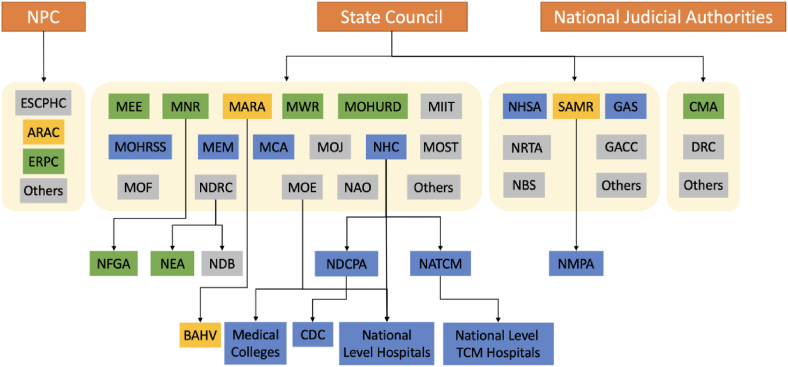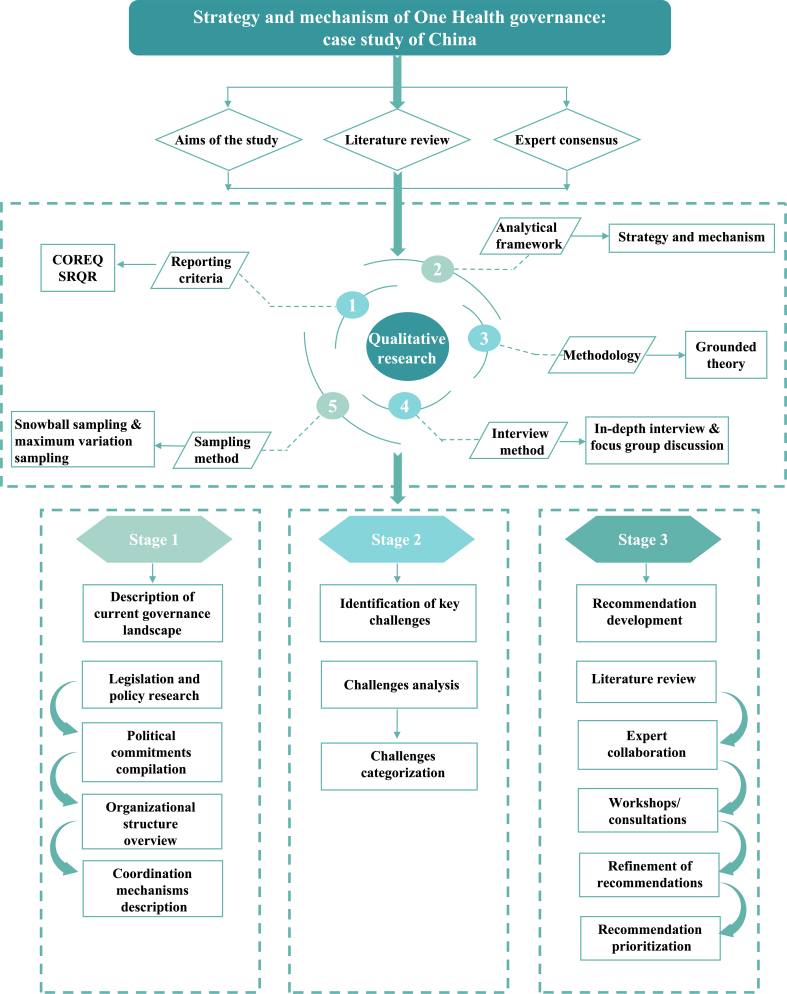Strategy and mechanism of One Health governance: case study of China
引用次数: 0
Abstract
Background
Strategy and mechanism are crucial components of One Health governance in China, designed to address the interconnected health issues between humans, animals, and the environment. This study aims to evaluate China's current One Health governance framework, identify key strengths and gaps, and provide recommendations for establishing a more integrated and effective system.
Methods
A qualitative approach was employed, including in-depth interviews, policy analysis, and a review of existing literature, to evaluate the strengths and gaps in China's One Health framework.
Results
The analysis identified progress and challenges in six key areas: (1) political commitment: strong national support exists, but lacks a unified strategy; (2) legislation and regulation: notable legislative efforts are in place, yet they remain fragmented; (3) leadership building: effective leadership structures have been established during crises but are not institutionalized; (4) strategic planning: initial regional planning is underway, but a comprehensive national focus is needed; (5) coordination and communication: mechanisms exist but require formalized, consistent information-sharing channels; (6) stakeholder engagement: public and academic awareness is growing, yet local community involvement needs strengthening.
Conclusion
To advance its One Health governance, China must focus on creating a unified strategy, enhancing interdepartmental coordination, and deepening stakeholder engagement, ensuring its alignment with international standards and improving public health outcomes.


“一个健康”治理策略与机制:以中国为例
背景:战略和机制是中国“同一个健康”治理的关键组成部分,旨在解决人类、动物和环境之间相互关联的健康问题。本研究旨在评估中国目前的“一个健康”治理框架,确定其主要优势和差距,并为建立一个更完整、更有效的体系提供建议。方法:采用定性方法,包括深度访谈、政策分析和现有文献综述,来评估中国“一个健康”框架的优势和差距。结果:分析确定了六个关键领域的进展和挑战:(1)政治承诺:有强有力的国家支持,但缺乏统一的战略;(2)立法和监管:立法努力显著,但仍然分散;(3)领导力建设:危机期间建立了有效的领导结构,但没有制度化;(4)战略规划:初步的区域规划正在进行,但需要一个全面的国家重点;(5)协调与沟通:存在相关机制,但需要有形式化、一致的信息共享渠道;(6)利益相关者参与:公众和学术界的意识正在增强,但地方社区的参与需要加强。结论:为了推进“一个健康”治理,中国必须重点制定统一战略,加强部门间协调,深化利益相关者参与,确保与国际标准保持一致,并改善公共卫生成果。
本文章由计算机程序翻译,如有差异,请以英文原文为准。
求助全文
约1分钟内获得全文
求助全文

 求助内容:
求助内容: 应助结果提醒方式:
应助结果提醒方式:


